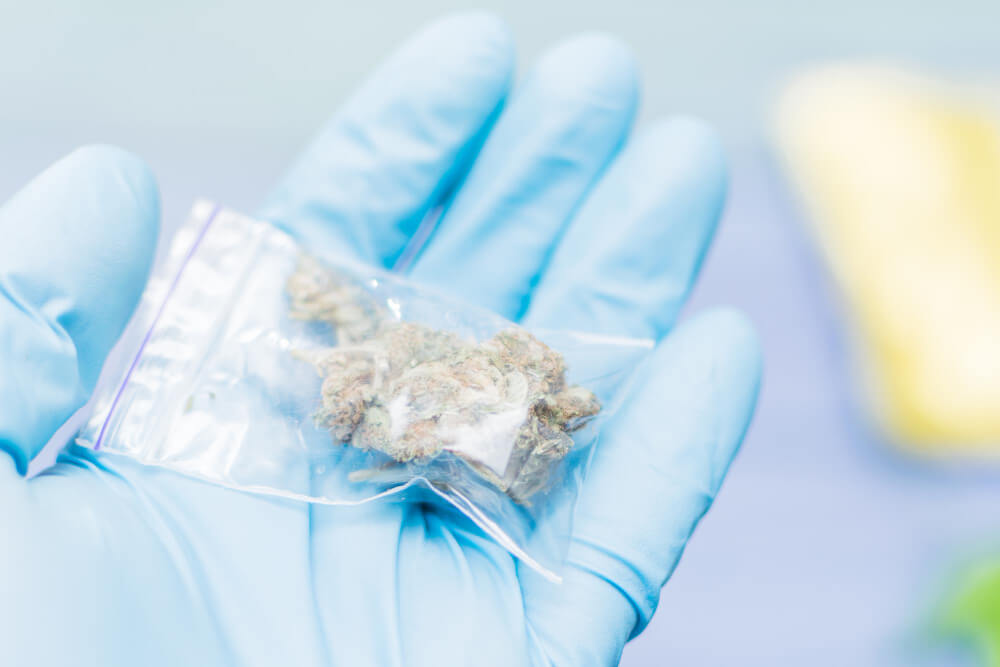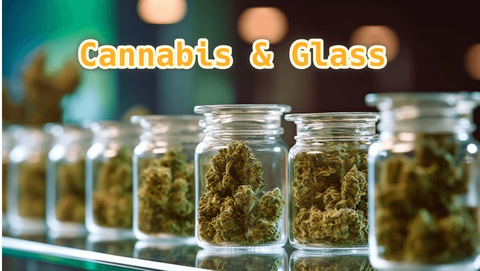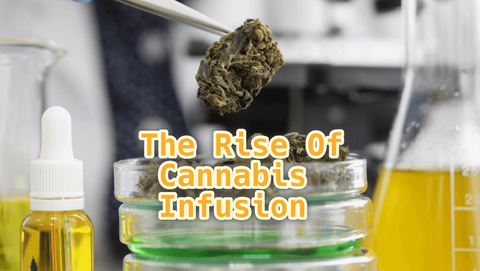Latest Blog Posts
Top rated

Medical Benefits of Marijuana
Cannabis has been used medically for thousands of years. It is an illegal drug in many countries but popular in most. There are many different types of cannabis, but they all have the same effect: a high level of psychoactive effects.
The Benefits of Marijuana
Most people assume that marijuana is a benign substance with no severe health consequences. But it is not valid. A small number of people may experience impairment in their driving abilities, but marijuana does not affect most people.
It does not affect specific receptors in the brain that control emotional reactions to your environment. The most widely accepted medical uses of cannabis are:
• Cannabis as a mild analgesic (pain-relieving) - produces pain relief
• Cannabis as an anti-emetic - induces vomiting
• Cannabis as an anti-seizure agent - increases seizure frequency and reduces seizures
• Cannabis as an anti-inflammatory agent - reduces inflammation and pain in the body(as well as the pain caused by other medications)
• Cannabis as a sleep aid - improves sleep quality, alleviates insomnia and restlessness, helps with daytime sleepiness (due to jet lag or jet-lag induced insomnia), helps with anxiety (panic attacks or anxiety disorders)
It is necessary to note why some studies support one set of applications over others, but that doesn’t mean discarding them outright without question when they contradict each other either! Further research needs to be done on these issues before confidently recommending it. Still, until then, we should remain vigilant about how we use it so that we don’t inadvertently put ourselves at risk.
Many medical conditions seem very difficult to treat or even diagnose: psoriasis, chronic fatigue syndrome, Crohn's disease, multiple sclerosis, and cancer. Marijuana could be used for all of them without any harm since it doesn't affect specific brain receptors as pharmaceuticals do. It seems to increase the body's ability to receive messages from the nervous system.
Marijuana as a Pain Killer
Marijuana is a great pain killer, but it also has many other valuable properties, including many excellent medicinal properties. Many people use cannabis in therapy for:
• Relaxation: studies have found that cannabis can be used to reduce tension and anxiety, both of which are common problems in a busy life.
• Relieving pain: the active compound in marijuana is delta-9-tetrahydrocannabinol (THC) which has a strong analgesic effect while sparing users from signs of intoxication.
• Decreasing anxiety: THC acts on the brain cells involved in anxiety and fear; it can also increase serotonin levels (the “happy hormone”).
• Reducing depression: THC can reduce serotonin levels, which could effectively treat depression by helping individuals make better decisions about their behavior and emotions.
It is essential to understand precisely the purpose of using marijuana before using it for therapies. For example, cannabis works as a painkiller only after creating a value proposition that explains what would happen if someone tried to alleviate the pain with marijuana instead of going to a doctor or physical therapist or purchasing expensive medications.
Suppose there isn’t any scientific evidence behind the medical uses of marijuana. In that case, there is no point in using it as medicine. However, suppose there is some evidence behind its uses (which may be new science). In that case, there might be a case for prescribing smoked marijuana rather than pharmaceuticals because smoking provides much greater control over dosage than medications.
Marijuana as a Treatment for Cancer Patients
Cannabis as a treatment for cancer patients is a well-known fact, and it is not just the fact that marijuana can be used as a support for cancer patients to help them deal with the side effects of chemotherapy. It is also used to stop the growth of cancer cells, which helps to shrink tumors.
According to the National Cancer Institute, cannabis use in the United States has been linked to:
• Improvements in quality of life
• Reduction of discomfort from chemotherapy side effects
• Reduction of nausea and vomiting from chemotherapy side effects
• Reduction of side effects from radiation therapy (especially if used in conjunction with adjuvant or concurrent radiation therapy)
This makes perfect sense; after all, many users feel they can control their pain better if they have access to cannabis. So why isn’t it legal? The simple answer is that marijuana is illegal at every state level. However, this doesn’t mean that cannabis isn’t helpful for its therapeutic properties.
Then the question becomes how to get cannabis into people who don’t want to use it? The answer is that both public and private providers offer medical marijuana products. These providers who work to serve their communities are legal in all 50 states and only require a doctor's recommendation or a letter from an authorized healthcare provider.
Marijuana as Therapy for PTSD Patients
One of the most valuable and effective forms of therapy is marijuana. There are many different types of marijuana; the most popular is “skunk” or “roaming wild.” The effects on PTSD patients vary and depend on the patient, how long they have been using it, how much they have used it per day, and whether they have pre-existing conditions.
Marijuana can be used for many medical conditions, including Alzheimer’s, glaucoma, cancer, HIV/AIDS (especially with the cannabinoids THC & CBD), and Crohn’s disease. It is also great therapy for people who suffer from anxiety disorders like PTSD. One study found that cannabidiol positively affects PTSD symptoms in 10% of patients with this disorder.
Other studies have shown CBD to be as effective as a placebo in treating acute and moderate pain without noticeable side effects (e.g., sleepiness or nausea). Another study found triptans to be significantly more effective than placebo in treating mild to severe pain in moderate to severe PTSD patients (14%).
Some people argue that there are no side effects of marijuana use because it ‘shifts the chemical balance of the brain.’ Marijuana can help relieve pain without side effects (such as drowsiness or nausea), which means it has tremendous therapeutic applications beyond just ‘pain relief.’
The Bottom Line
Cannabis is excellent medicine. It has been used medicinally for centuries in many different parts of the world and has proven to be a safe and effective way of treating many illnesses. However, cannabis can also be used as a recreational drug. As with any medication which has its status as a medicine removed because of poor research or social stigma, it can also be dangerous enough to warrant prohibition. Most people use marijuana in moderation or only occasionally (and under a doctor’s supervision).
Marijuana can help with anxiety, depression, pain relief, pain management, sleep disorders (insomnia), fatigue relief, pre-menstrual syndrome (pre-menstrual tension), migraine - headaches (for both women and men), cancer pain, post-traumatic stress disorder (PTSD), cancer chemotherapy - nausea/vomiting, PTSD - night terrors, anxiety - panic attacks, depression – mood swings, post-traumatic stress disorder (PTSD) - anxiety, pain relief - back pain and cancer pain – nausea/vomiting. Marijuana can also improve moods and sleep patterns.
Disclaimer: This material is for informational purposes only and should not be relied on for legal, medical, financial, or any other form of professional advice.















